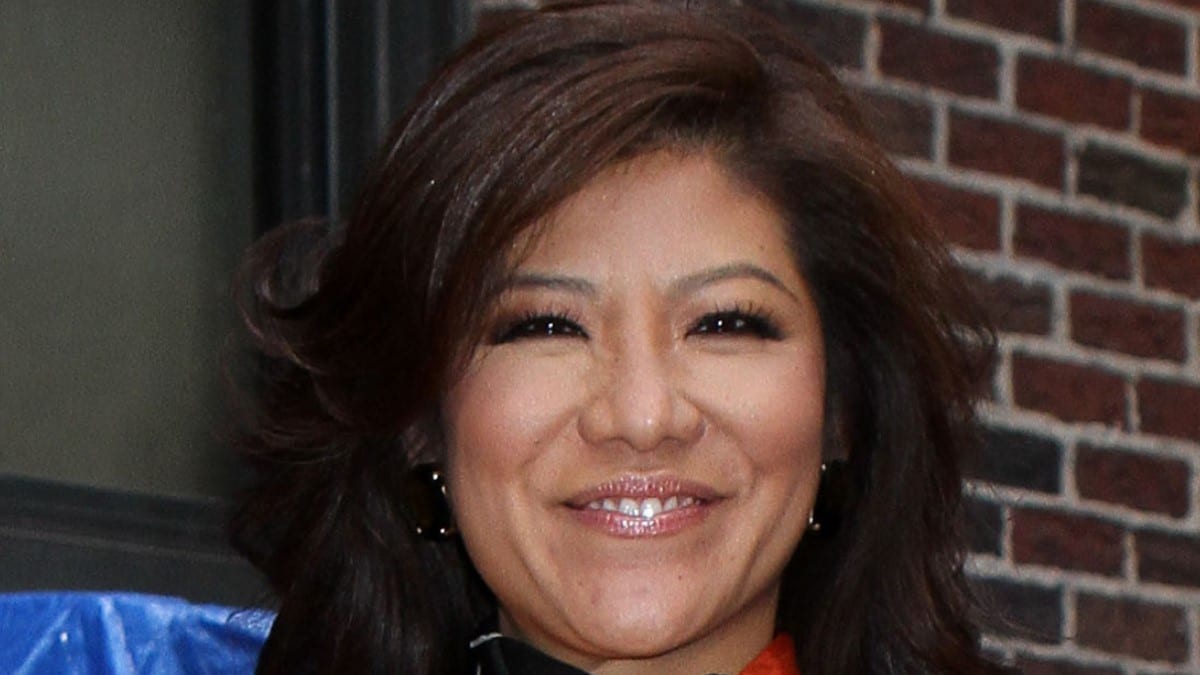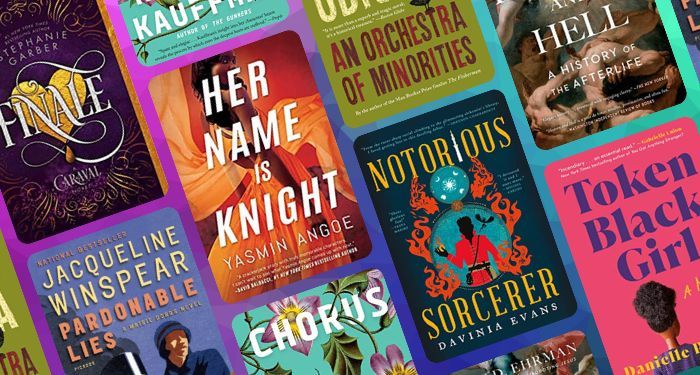Martin’s strategy is in line with a broader phenomenon in the bridal industry. For starters, the pandemic shifted what people consider as bridal fashion, disrupting the traditional dresses with styles that fit a bride’s personal style. There was also a big transition from large wedding celebrations to micro-weddings and elopements, while for those who still wish to have a traditional wedding, the span of activities — from bachelorette trips and rehearsal dinners to day-after brunch — continues to expand even more. On the style front, this means that brides need nuptial outfits that go beyond the altar, which has resulted in trends like feathers, latex, cut-outs, and black wedding dresses. But there’s also a shift in the wedding dress shopping experience. While Say Yes To The Dress-style shopping ventures were once the standard, brides are favoring ready-to-wear brands available online, as well as shorter production timelines (the standard is usually four to eight months for a dress to be made and shipped).
























































![Social Media Spring Cleaning [Infographic] Social Media Spring Cleaning [Infographic]](https://imgproxy.divecdn.com/9e7sW3TubFHM00yvXe5zvvbhAVriJiGqS8xmVFLPC6s/g:ce/rs:fit:770:435/Z3M6Ly9kaXZlc2l0ZS1zdG9yYWdlL2RpdmVpbWFnZS9zb2NpYWxfc3ByaW5nX2NsZWFuaW5nMi5wbmc=.webp)
![5 Ways to Improve Your LinkedIn Marketing Efforts in 2025 [Infographic] 5 Ways to Improve Your LinkedIn Marketing Efforts in 2025 [Infographic]](https://imgproxy.divecdn.com/Hv-m77iIkXSAtB3IEwA3XAuouMwkZApIeDGDnLy5Yhs/g:ce/rs:fit:770:435/Z3M6Ly9kaXZlc2l0ZS1zdG9yYWdlL2RpdmVpbWFnZS9saW5rZWRpbl9zdHJhdGVneV9pbmZvMi5wbmc=.webp)














